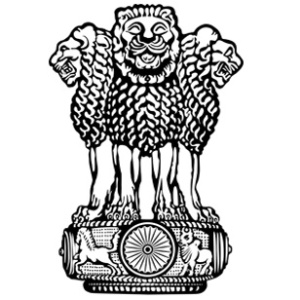It all began on a lazy Sunday in September 2015 in Navin’s office when Pratik had brought down a couple of his homebrew beers. “Hey, what do you think of this?” said Navin as he casually poured me a taster of one of his newest test batch of White Zen. It poured a hazy, pale straw color with a rather big head which grew out right till the rim of the glass. I raised the glass to my mouth and took in the familiar fruity aromas with clove and banana. Navin Mittal, one of the founders of Gateway Brewing Co. had mustered quite a reputation for casually whipping out a bottle of homebrew at the unsuspecting stranger as he passionately started talking about beer, going on one of his long sermons of craft beer evangelism.
This office is no ordinary office with cubicles and desks. The wall behind me has shelves lined with different kinds of beer bottles and glasses from around the world, souvenirs from Navin’s beer tourism. Drinking during office hours is quite the norm here. We’re in Gateway Brewing Co. office at Cuffe Parade in South Bombay. Also privy to the party is John Eapen, a good friend and a great beer blogger from Bangalore. We’ve gathered on one of Navin’s tasting sessions where people bring their homebrews and sit down and compare notes. That’s exactly how the story of craft beer begins, regardless of whether its California or Mumbai; a bunch of beer geeks getting together and arguing about the flavors and aromas, brainstorming how to tweak the recipe to bring out a certain aspect over the other. It was like watching two chefs creating a new dish, utilizing every little ingredient and technique in their arsenal to create that perfect dish reflecting their vision and underlying thought process. The story of the Kaapi Stout begins on this day.
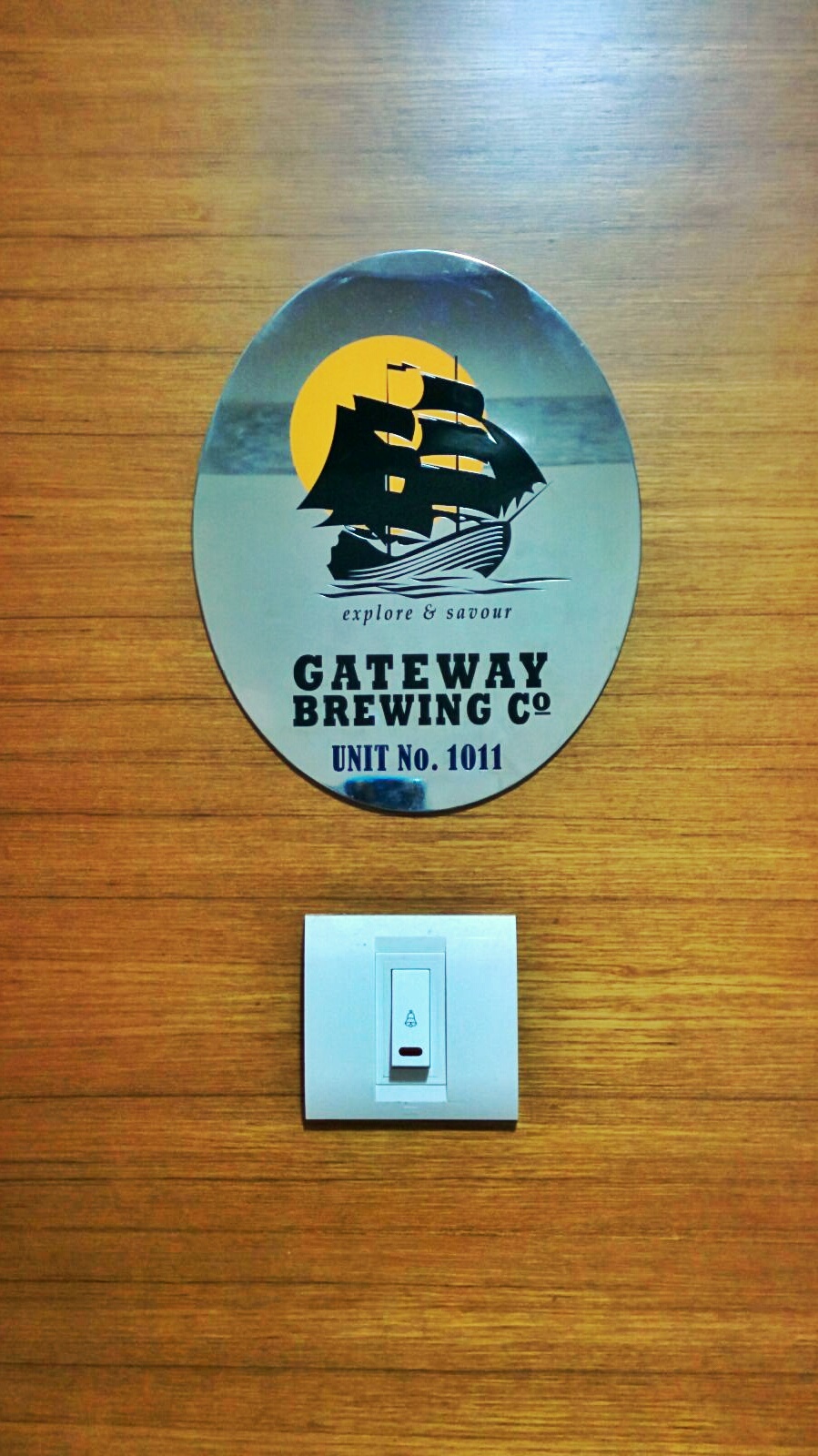
We are quite used to our beer being light and a fizzy yellow in color so holding a dark beer in your hand is no doubt a little intimidating, if not mysterious. Before we get into the history and what makes a Stout/Porter dark, it might be a good idea to clear some misconceptions we have about beer in India. What has come to become synonymous with beer today is actually a style of beer called a ‘lager’ which was invented in the early nineteenth century with the advent of refrigeration. Earlier, all beer used to be fermented at ambient temperatures and was meant to be consumed on tap, fresh. One of the quirks of the technology available at that time was the malts used were sourced from the roasters who were know to use wood fired ovens which didn’t burn as cleanly, nor did they have a way to precisely control the flame temperature. As a result, the malts, especially the darker malts which were roasted a bit longer, tended to have a lot of those smoky, roasty characteristics. These malts naturally lent those flavors and aromas to the ales brewed with them and that’s where some of those signature aromas of a Stout/Porter originate from.
The Story of Stouts. Today, the word Stout immediately conjures up memories of a thick, creamy and dark beer with a huge head on top of the glass. However, historically the word Stout has just been used to refer to strong beers, regardless of the color. These were full bodied, higher ABV beers which might or might not have been dark. The color of beer comes from the kind of malts that were used to brew it with and most malts are available in varying degrees of roasts, just like coffee. The stronger the roast the darker the color it imparts to the beer, so basically a Stout is a dark beer made using roasted malt or roasted barley. The style has its origins in 18th century England. Stouts were traditionally the generic term for the strongest or stoutest porters and in a way have evolved from the style of beer called Porters, more on that later. With the flourishing trade, the Porters made their way to Ireland and St. James’s Gate Brewery (Guinness) first started brewing its “porter” in the late 1700s. Unlike today’s smooth, creamy and thick session beer we now enjoy and call Guinness, it was complex, big-bodied and quite strong at 7.5% ABV. They used the expression “stout porter” to describe its strong porter, eventually shortening to “stout”.
Porters – a working man’s drink. The history of Stouts and its parent, the Porter, lies entwined in the working class history of London going all the way back to beginning of the Industrial Revolution in the mid 17th century, long before the advent of the European lagers in the 1900’s. The beer, or ale to be specific, is said to have been popular with the workers who carried vegetables, meat and fish in the produce markets to the East of Central London. Lugging all that load around all day is hard work and the porters needed a source of carbohydrates for energy to stay fueled, like drinking electrolytes during marathons. Much of it was gotten through the ale served in the pubs around town, after all who doesn’t love a beer after a days of hard work? Pubs, which is essentially short for a Public House, is also a term that originates from England and it was quite common in the Public Houses of London to have a bench for the porters to sit and enjoy their ale. The famous beer historian, Martin Cornell suggests that its popularity with the portering class is where it got its name from. Another version of history suggests that this beer style was developed by a brewer named Ralph Harwood to replace the common practice of blending several beers of varying ages and conditions at the pub to create a unified and palatable drink. Regardless of its origin, a Stout/Porter is quite a remarkable ale which will definitely stay with you.
Coffee Stouts, a match made in heaven. The other thing which came to my mind as I delved into Stouts is the close resemblance of the color, flavor and aroma to the cup of black coffee sitting next to my computer. A nice cup of coffee in the morning is about as indispensable to my routine as a cold pint of beer at the end of a long day. Putting the two together is something which just makes natural sense. Adding coffee to the beer, however, is a lot trickier than making coffee. The coffee grinds by themselves are pretty harsh and incorporating the bold and robust coffee flavors without all the harsh bitterness coming through is something every brewer has struggled with from the Brooklyn Brewery in New York to Samuel Smith in the UK. Further, you need to have a way to separate the grinds from the beer on such a large scale. As if this wasn’t difficult enough, the coffee beans need to be brewed at a temperature which is close to that of boiling water. It is safe to conclude, incorporating the coffee flavors in the beer is harder than it initially looks.
Going Back to the Roots. I remember coming back from a foodie trip to Madrid, Spain and waking up one day suddenly craving Paella. I took it upon myself to recreate that quintessential yet ubiquitous Andalusian food in my kitchen. What followed was a quest through different food blogs, recipe books and numerous trips to Crawford Market to search for ingredients and spices, and their possible substitutes. The journey is pretty rewarding in itself and leaves you with satisfaction and a sense of accomplishment. Homebrewing is a natural extension of people’s love for cooking, the perseverance and zeal to create something you can call your own. The best craft brewers in the US started out as homebrewers, and the hobby is the very essence behind the meteoric rise of the craft beer industry in north America. The innovative and experimental nature of the hobby makes it sort of a Silicon Valley for new and exciting styles of beer from around the world, collectively called as craft beer.
Paying it forward. Homebrewing, and by extension craft brewing is a tightly knit community of like minded people who enjoy great beer and is probably one of the friendliest places to work in. The people I’ve met in the US and back home in India are some of the most passionate ones, always eager to share the knowledge. Navin and Pratik both had their introduction to craft beer in the US and having moved back home since were on the quest of that same taste and flavor in beer back home. Unfortunately, the only thing available back in those times were the skunky commercial lagers. Necessity being the mother of invention, Pratik took it upon himself to recreate some of the great beers he had tasted and fallen in love with. He had brewed a batch of porter with coffee beans added. Navin had been toying with ways to infuse the coffee flavor in a darker beer himself. So this time when they met they had quite a bit to discuss. “I really like how the coffee flavor shines through in this” said Navin. I raised my glass to my mouth and took a big whiff. The coffee was unmistakable, it was almost like holding and smelling a cold brewed coffee. The light tan head on the beer seemed pretty inviting. I was holding in my hand what would later be launched as Gateway’s 2nd anniversary beer. “What yeast have you used?” I prodded, Pratik announced the strain and the conversation steered towards the topic of yeast.
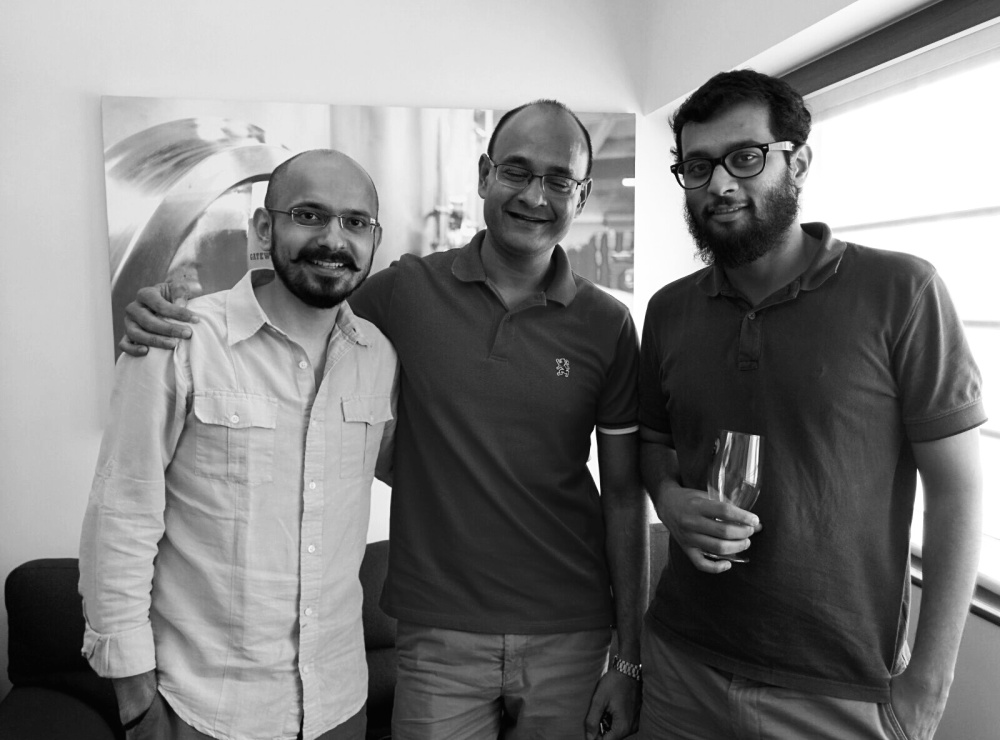
Craft beers often use special strains of yeast depending on the style, which is a product of their place of origin. For example, a hefeweizen like White Zen uses a German strain of yeast which is responsible for the signature character of the beer with the fruity aromas of banana and clove. The lager yeast strains which some of the macro breweries use lack most of the character of ale yeast strains and which is one of the reasons why, like a good red wine, ales often have a more complex character.
Everyone stood there in silence drinking, shaking their head and agreeing and disagreeing. John finally broke the silence waxing eloquent about how the flavors came together really well and not one person in that room seemed to disagree. It was a love-at-first-taste kind of relationship with the beer. The base recipe for the beer was laid down and both Navin and Pratik decided to go back to the drawing board and play around with other variables. This time Pratik decided to use Blue Tokai Coffee Beans in his batch and he was sold on it right away. After a couple of weeks they met again, this time with the tweaked recipe. “Ah, this is it” said Navin and knew this would work.
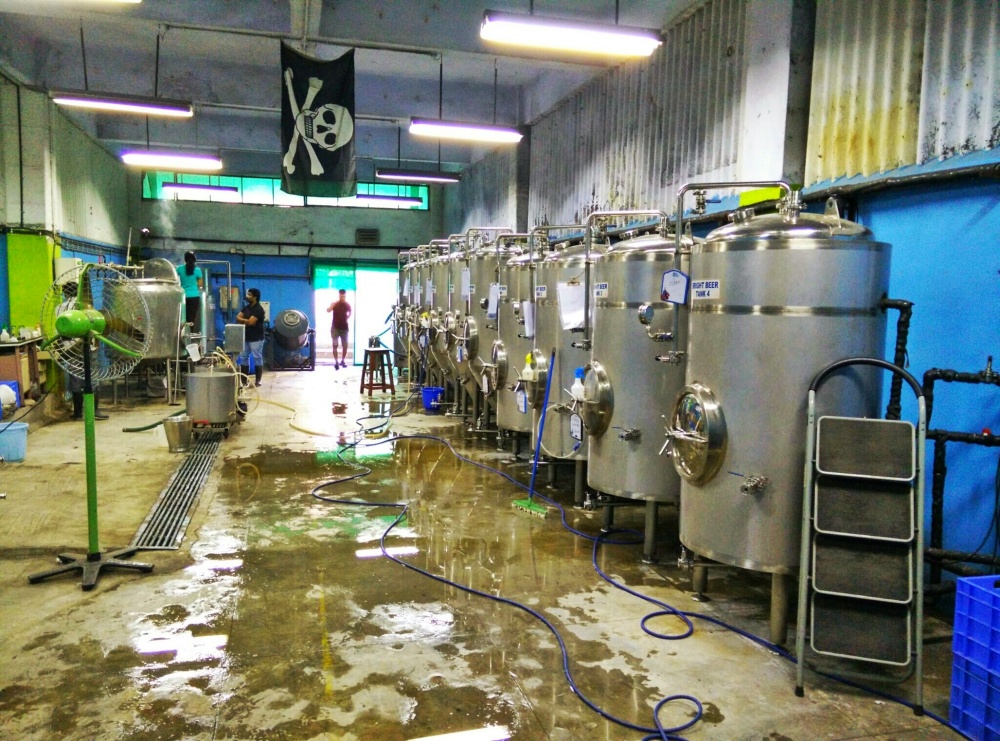
On a chilly Sunday morning early in January, in their brewery at Dombivali, Krishna the head brewer stood over the mash tun with Pratik as they brewed the first batch of the Coffee Porter. Craft brewing, like homebrewing is a love of labor. You won’t find any of the huge control panels with touchscreens in a microbrewery and unlike the lifeless industrial breweries the floor is abuzz with activity and banter. A speaker blares Trooper by Iron Maiden, Krishna’s playlist for the brewday. Pratik and Krishna are working together seamlessly as they heat the water and manually tip the grains over in the mash tun. It’s quite an exciting and busy brew day unlike the boring, monotonous day at the macro breweries with brewers pressing buttons sitting in a control room somewhere. I guess the enthusiasm and passion, or lack thereof, is reflected in the boring and listless beers that they put out.
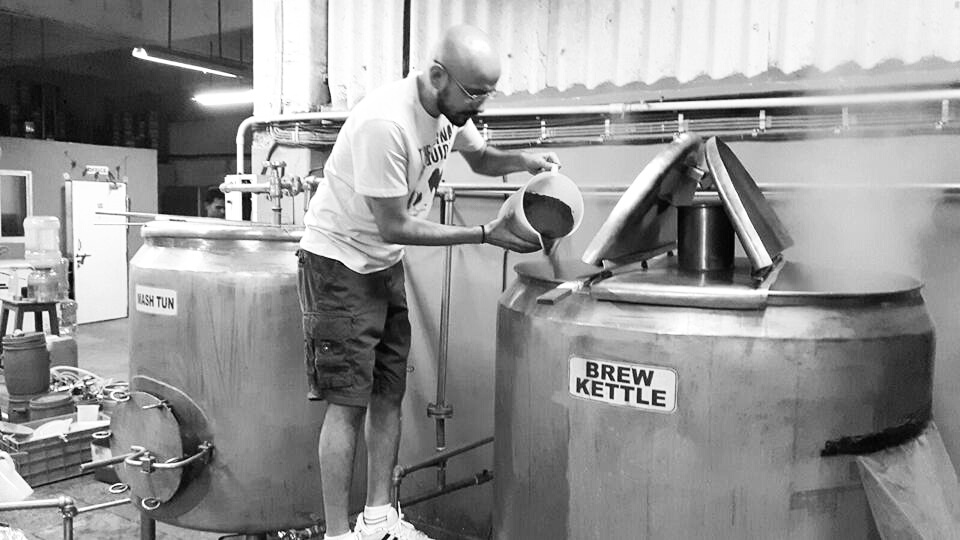
Kaapi Stout is out end of January and is a limited release beer. If you haven’t had your taste yet, go on and grab one while it lasts.
Thanks to everyone who showed up last night! RT if you think #KaapiStout is our best brew so far! #anniversary pic.twitter.com/rlzKLJ25Hg
— Gateway Brewing Co. (@gatewaybrewery) January 29, 2016
